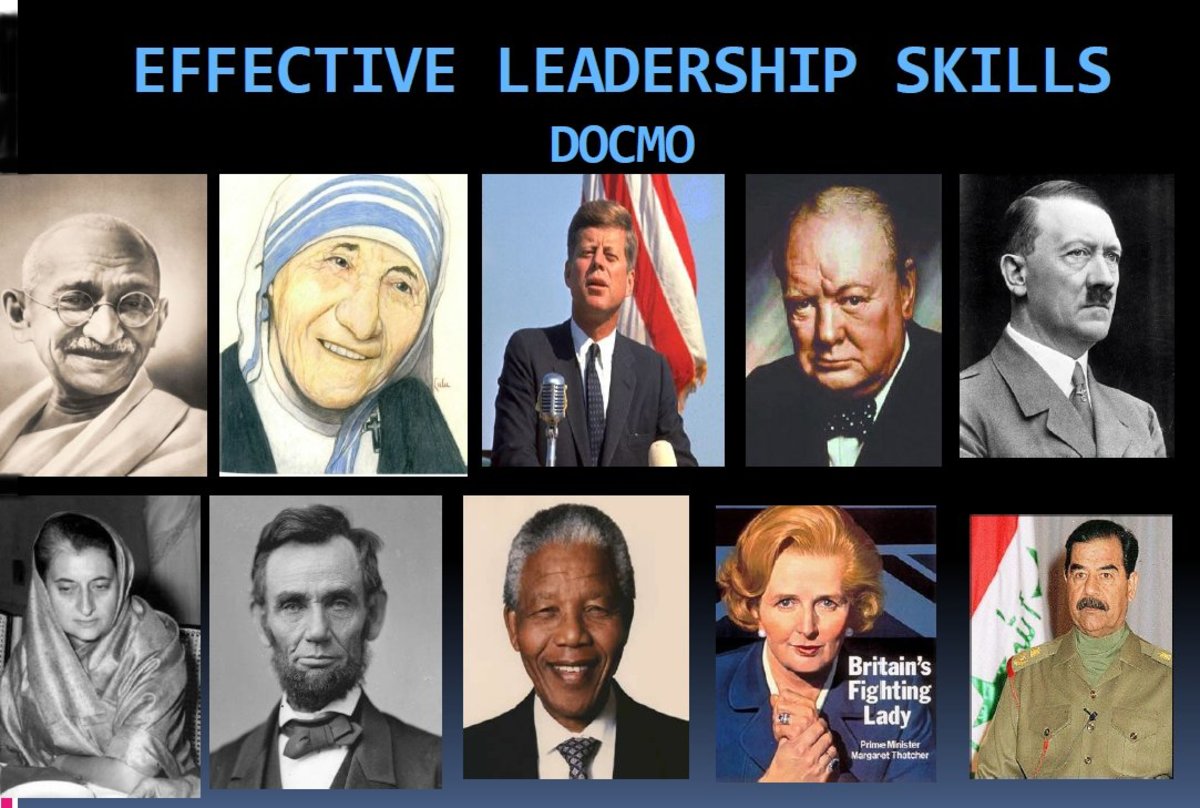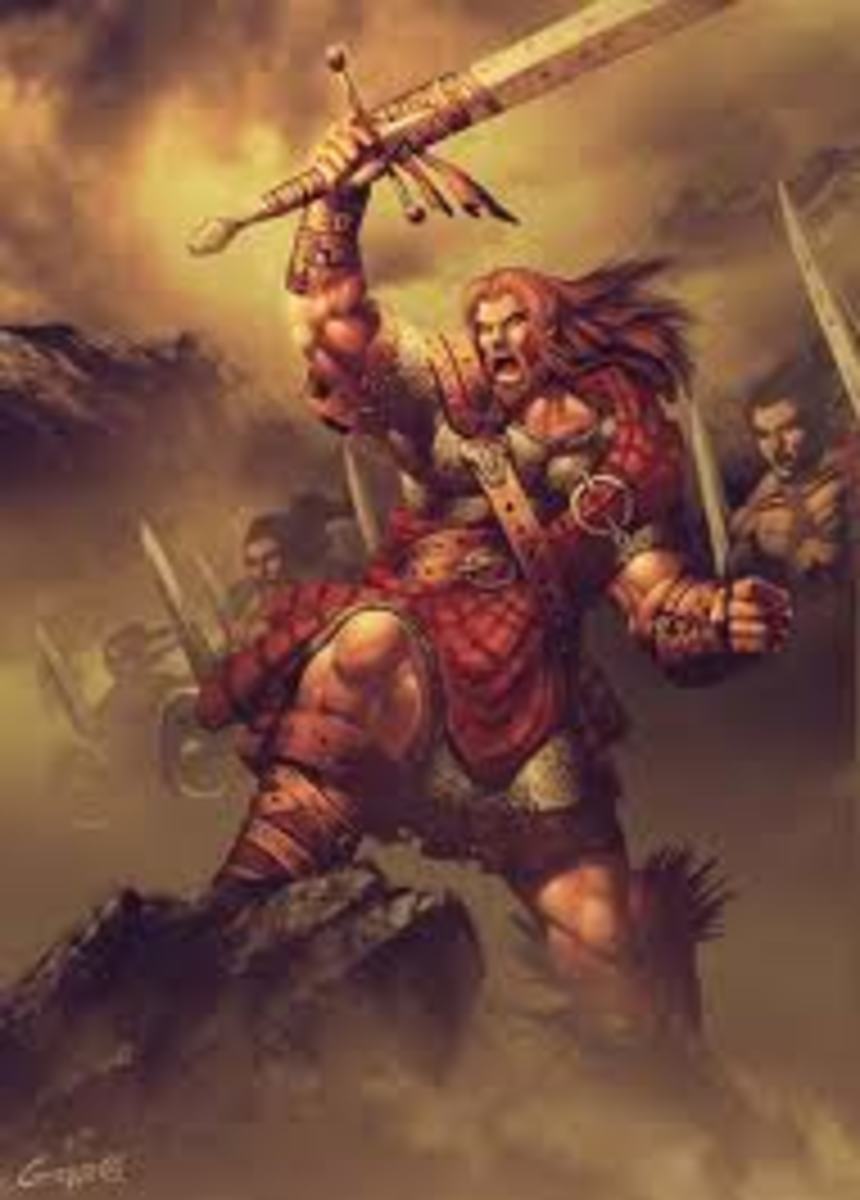Leadership Analysis on Braveheart
Leadership Is a Process, Not a Position
Braveheart displayed and explored many aspects of leadership. This was clearly seen in the stark contrast between the leadership styles of the protagonist William Wallace and his rival King Edward. King Edward employs a leadership style that reflects more towards the first definition given by the book; leadership is a process by which an agent induces a subordinate to behave in a desired manner. He used his position and power to get what he wanted and to get people to do what he wanted. William Wallace approached leadership quite differently. He had a common goal with fellow commoners. They desired freedom. This corresponds with another definition that the book gives; leadership is “an interpersonal relation in which others comply because they want to, not because they have to.” Wallace inspired hope and courage in his followers and so they were more than happy to follow him, even if that meant risking their lives.
These two men can also be compared when discussing leadership as an art versus a science. Wallace clearly demonstrates leadership being an art. He has no formal leadership training and merely acted based on instinct. One could argue that Edward’s leadership could have been more influenced by science. He would have been around fellow nobility and learned from their leadership styles. Leadership can be both an art and a science, but it is largely based on the person in the leadership position.
Leadership can be both rational and emotional. Wallace falls sharply into the emotional category. He often acted based solely on his gut feelings and instincts. He was motivated by the wrongs to him and his people. This emotional drive leads him to unselfishly lead and fight for the freedom of his fellow Scottish commoners.
Leadership can be broken down into categories of either leadership or management. Wallace is a leader and exemplifies that in his actions and techniques. His view is towards the big picture. He does not focus on trivial things, but can see the value of each fight towards the overall goal. Leaders inspire; Wallace does this time and time again. His battle speeches put courage and confidence in the hearts of his soldiers. Wallace challenges the status quo often when he disagrees with the Scottish nobility. In fact, his whole goal is challenging the status quo as he attempts to break free from King Edward. Wallace is clearly a leader as distinguished from a manager.
Leadership and followership are closely intertwined. In order to have a leader, there must be those who are led by that person. The willingness of those people to follow is of great importance to the success of that leader. The value of this is incredible in Braveheart. So much of his ability to lead is based on the strong desire of people to follow him because of what he stood for. Without his followers, William Wallace would not have been able to accomplish as much as he did.
Leadership Involves an Interaction between the Leader, the Followers, and the Situation
The interactional framework plays a large role in the success of a leader and Braveheart is no exception. The situation is very important to William Wallace’s success as a leader. Disgruntled Scottish commoners were ready for a revolution. As previously discussed, the followers were crucial to the ability of William Wallace to lead. William Wallace is the perfect leader for these circumstances. His expertise as a warrior and personal motivation allowed him to lead physically into battle and inspire confidence in his people.
The Leader-Member Exchange Theory describes the relationships between the leader and the in or out groups of subordinates. In this situation, the in-group is those people from his tribe and those who sought out to join his cause. The out group would consist of the soldiers for the Scottish nobility. It took a little more convincing to get those men to stay and fight since they had not originally been there under their own will, but he was able to relay a common purpose because of his understanding of their situation. Wallace’s ability to understand what will drive and motivate his followers enables his to lead successfully.
Leadership is analyzed as the interactions between leaders, followers and the situation. Wallace motivates his followers because they know they are part of something new. He motivates them through his ability to inspire them with confidence through pre battle speeches and sets the bar by fighting bravely at their sides. His ability to do this differs from a more managerial style that pays close attention to details and following a standard set of procedures. Wallace views the big picture for the situation and followers which makes him a valuable leader for the cause.
Leaders will encounter problems as they strive to achieve their goal. These problems can come in the form of technical or adaptive problems. Technical problems are those that can be solved, most likely with the assistance of some sort of expert. Adaptive problems require a more creative approach. Wallace’s problem was clearly an adaptive problem as there is no set method for overthrowing the British Empire. He needed to think creatively and plan accordingly in order to get the right people behind him and to make the right moves. Wallace led with a great sense of adaptive leadership.
Leadership is Developed through Education and Experience
Leadership is a developmental process, the more you do of it, the more you become used to the position and the better you become. Wallace was not originally in a position of power, but when he fought back on his own, it caused people to follow him. Once he realized this, he was able to use them to help their common goal. While we do not see into his head the three stage process where he acts, observes and then reflects, it is safe to guess that he is learning from actions and events as they occur. Through the movie we see Wallace progress from a seemingly average commoner to the freedom fighting leader for his people.
Perception has a large impact on this process. The way we see or interpret things affects what we take from those situations. Our perceptual set often defines this. This influences our senses. William Wallace had a much different perception on things than would someone already in a governmental or nobility position. His previous experiences affect his perception and therefore affect how he learns from situations.
William Wallace’s ability to learn and progress as a leader exemplifies the quality of leadership that he holds. He is able to learn from each consecutive encounter with the enemy more about their strengths and weaknesses and thus knows more how to defeat them. As he leads, Wallace becomes more experienced and confident in his leadership capabilities.
Assessing Leadership and Measuring its Effects
The Dr. Gordy test is a “way to determine the level of incompetence among people in positions of authority.” The three main sources of leadership in Braveheart were William Wallace, King Edward and the Scottish nobility. Other than the one noble finally realizing the error of his ways, all of these except for William Wallace were portrayed very negatively. King Edward was disliked by his subjects and the nobility had very little control over their soldiers. Based on this, the level of ineffectiveness of the leaders in this movie was very high.
The multiple hurdles approach is a way to identify leadership potential. This model does so by putting people through a series of leadership assessments. From these tests and interviews, one can more easily see the potential future leadership effectiveness of that individual. While we cannot set up a series of assessments for William Wallace, we could look at his actions in various circumstances and evaluate based on that. This approach, however, makes it difficult to compare to other leaders since they were not given the same test. Wallace demonstrates superior leadership abilities in motivating and inspiring his followers.
Using the common measures of successful and unsuccessful leadership is another way to assess the quality of a leader. The first measure for this is the superior’s performance rating. This does not apply so much to Wallace’s situation since he is rebelling against those who are superior to him. He became the head of a new group fighting for freedom from people ranked higher than him. The second measure is the rating of subordinates. This can be considered a better measure since so much of leadership has to do with the followers. Wallace would certainly be ranked high in this regard. He led so well that many people joined his cause to fight with him against the king. The final measure is unit performance. Though Wallace was killed before the Scottish won their freedom, he started the revolution that eventually leads to Scotland as a solitary state. Wallace’s leadership abilities are clear when applying the common measures of successful and unsuccessful leadership.








